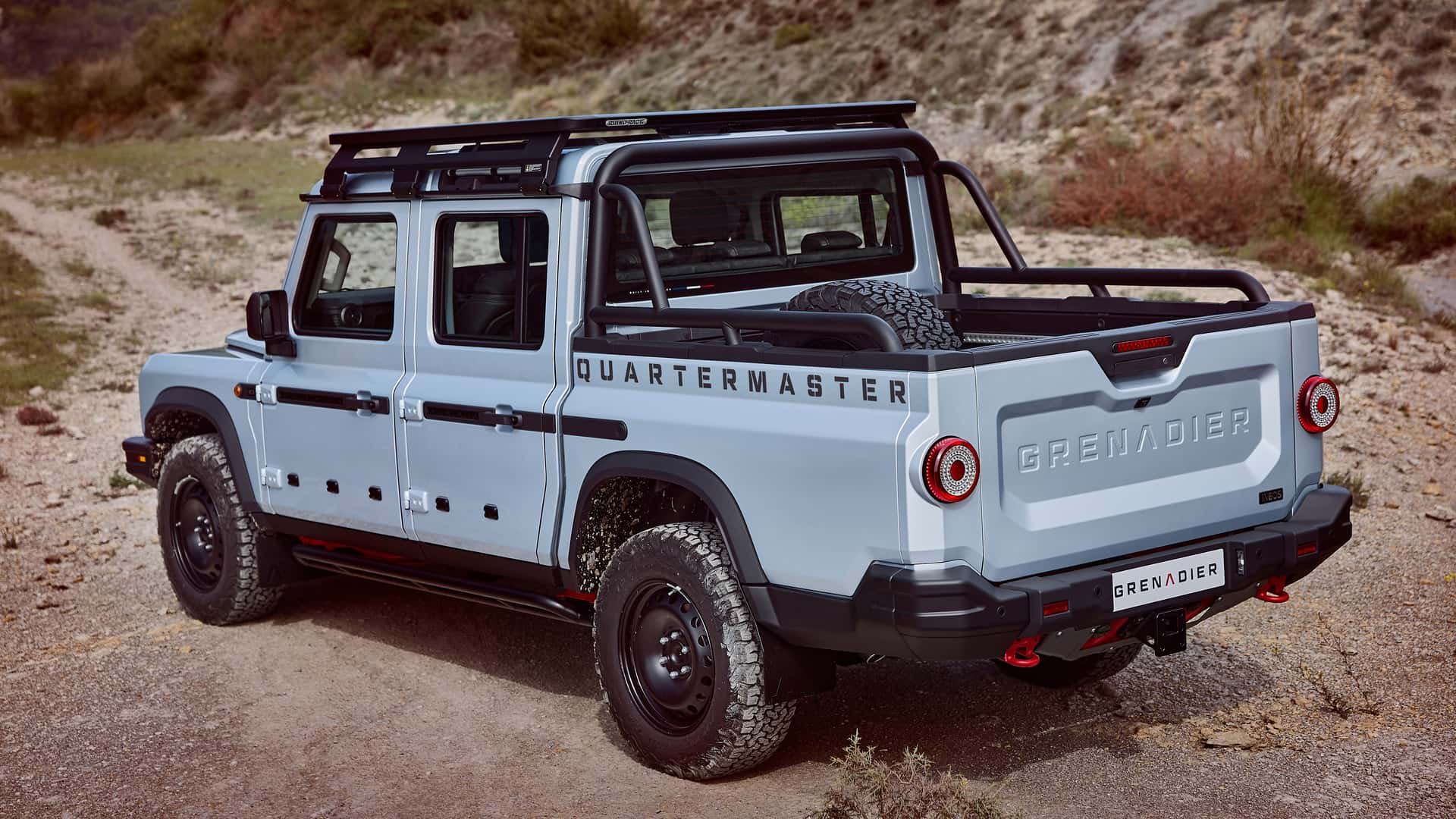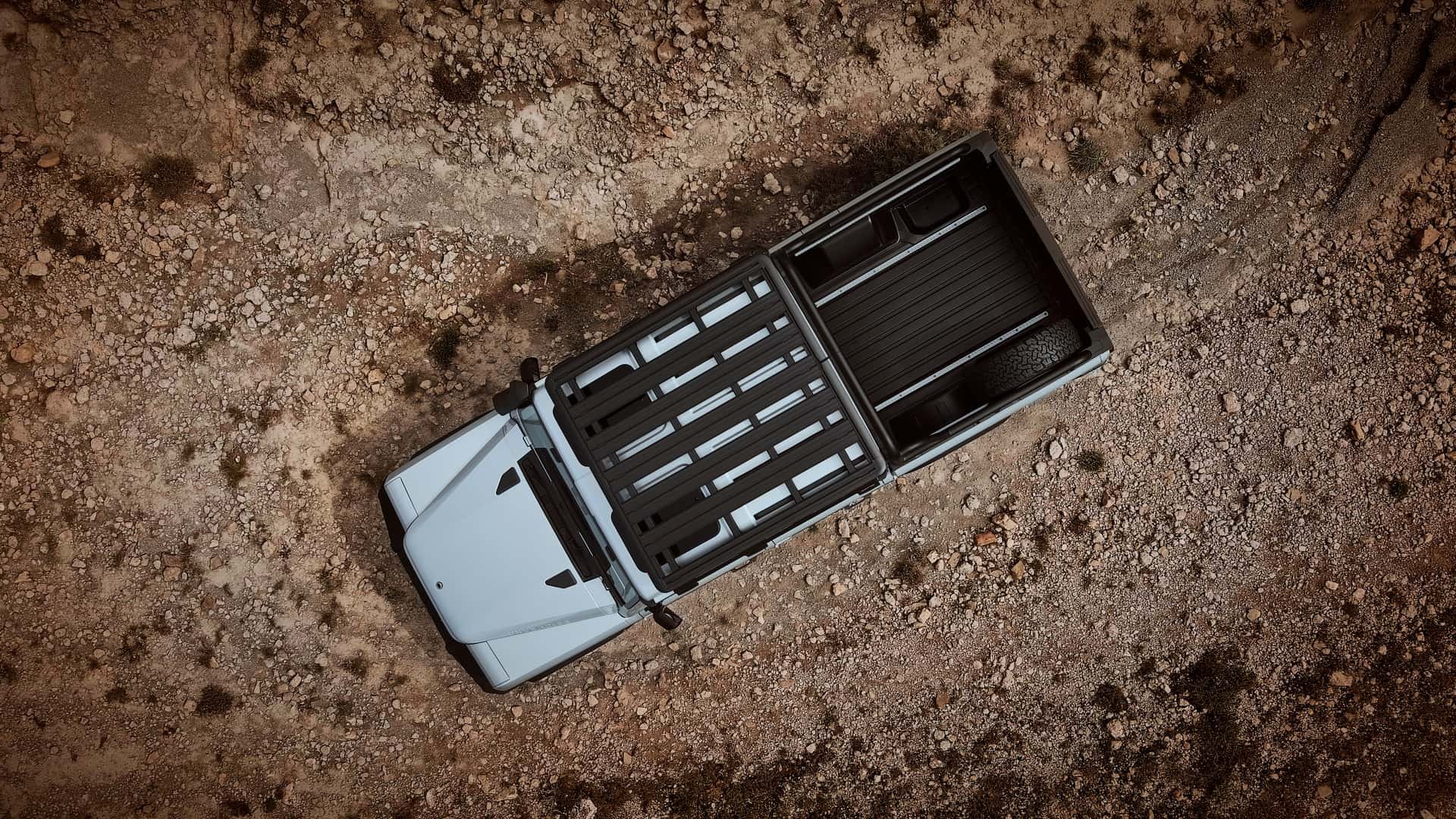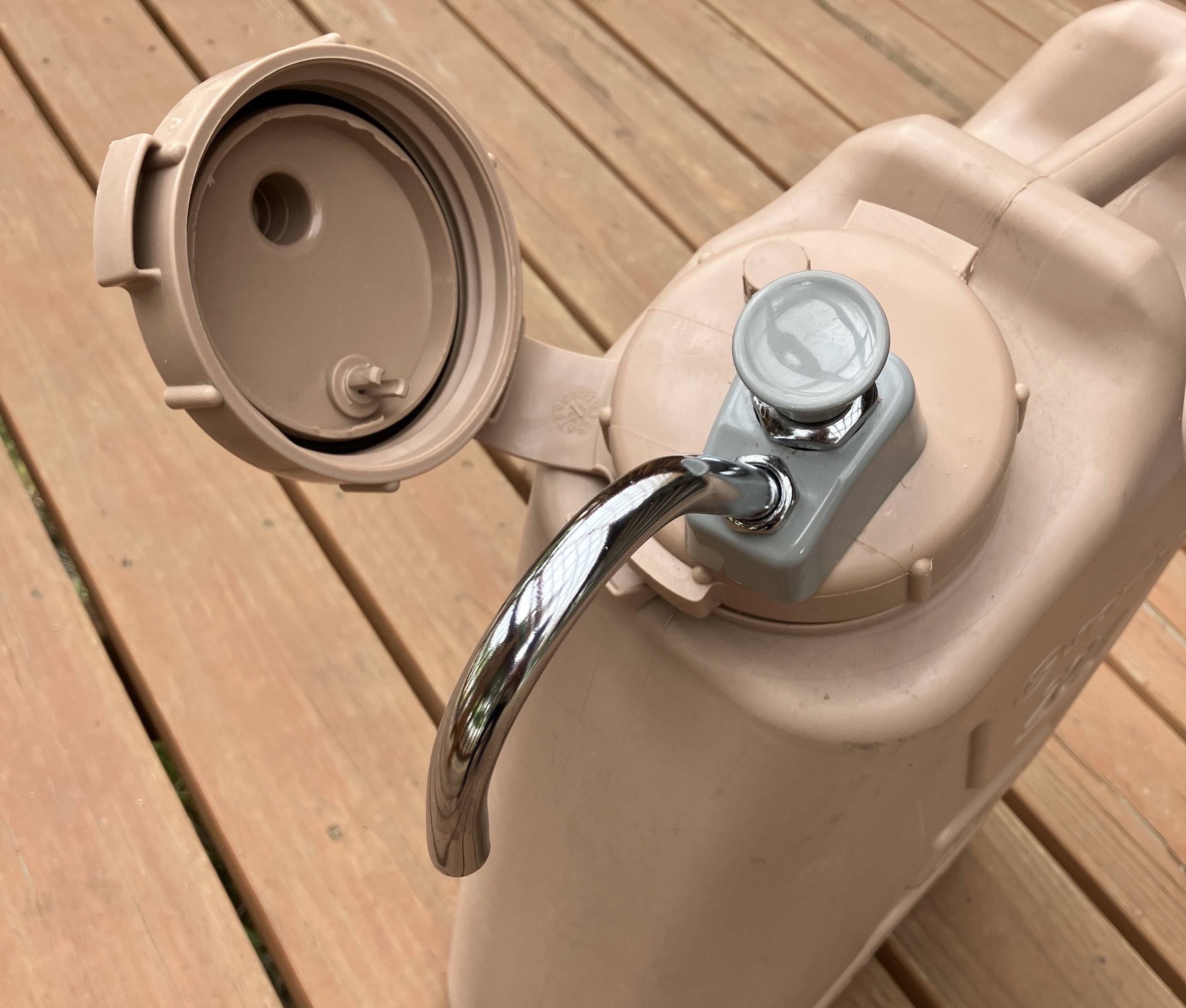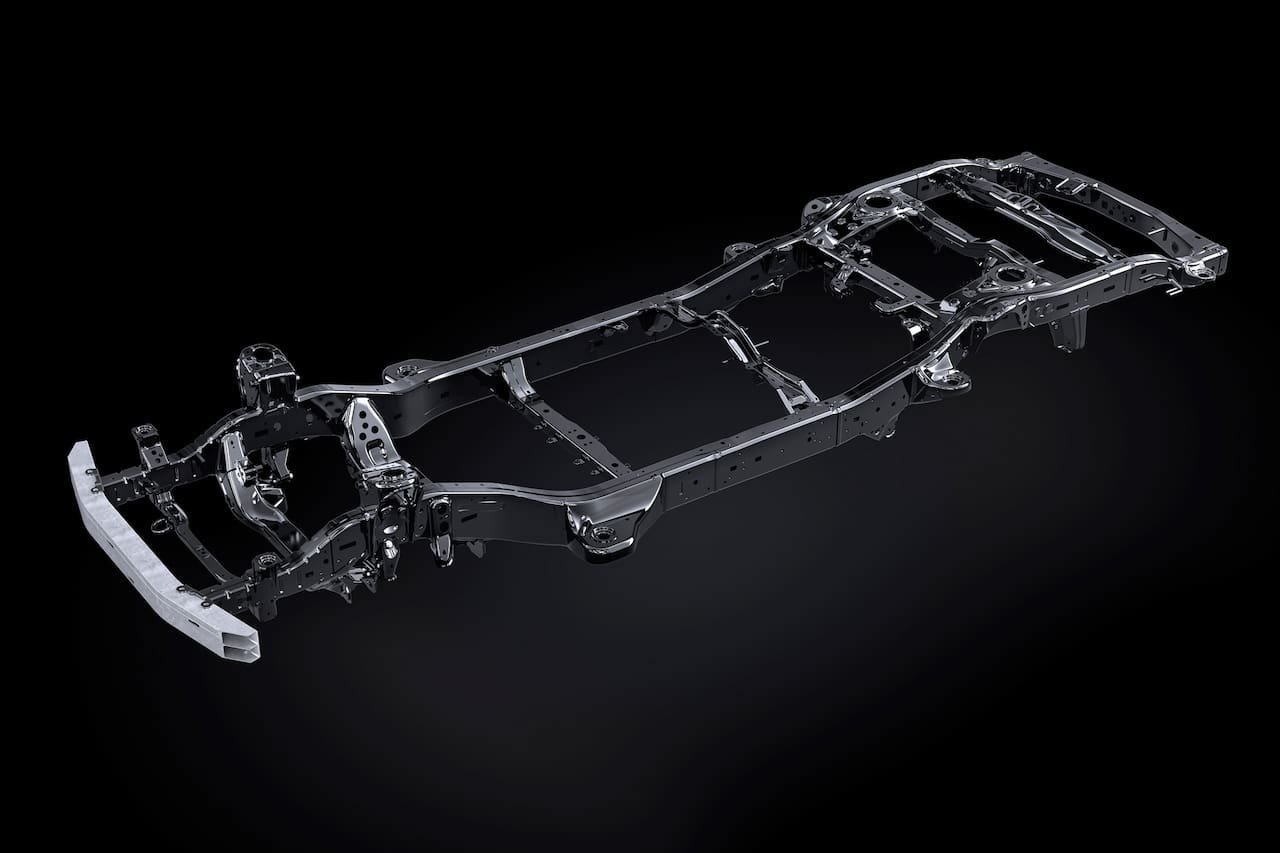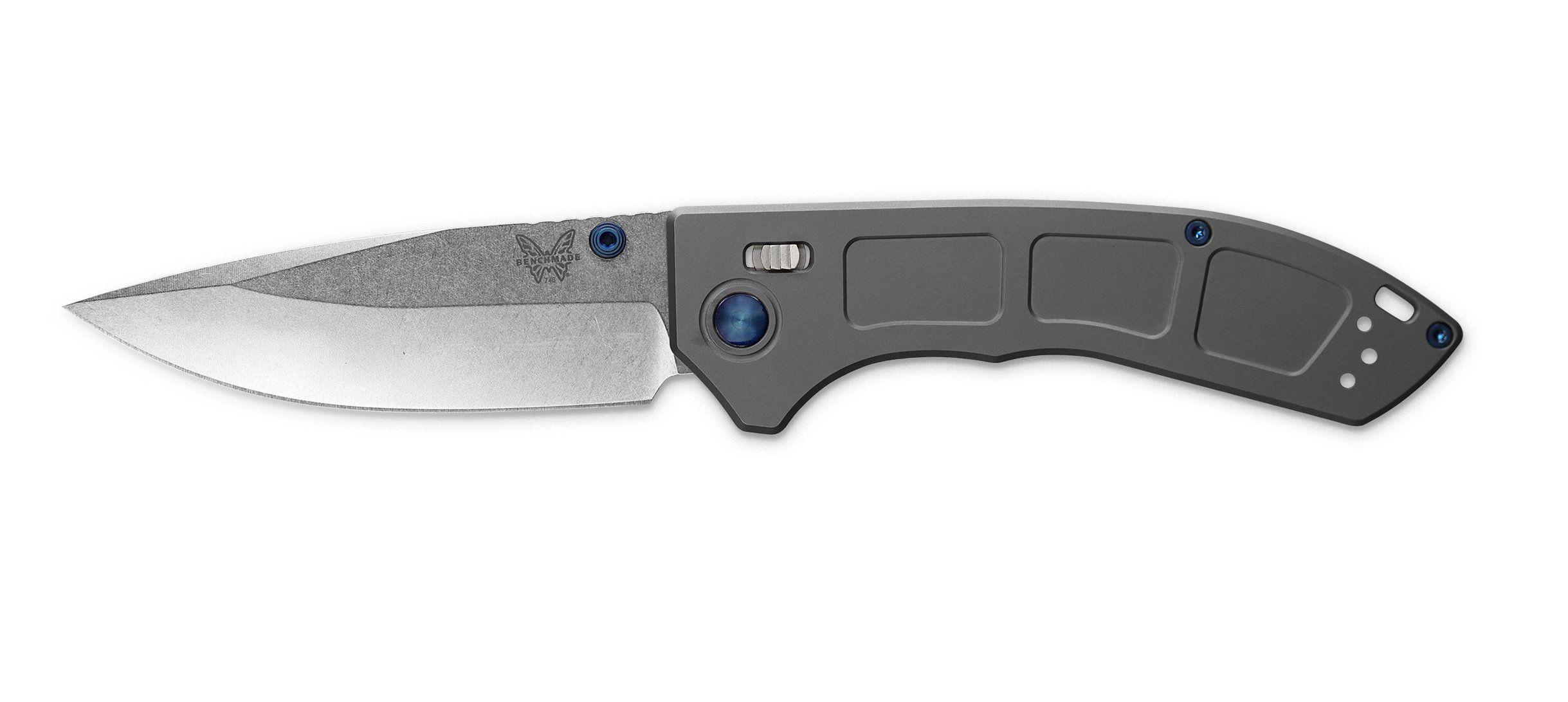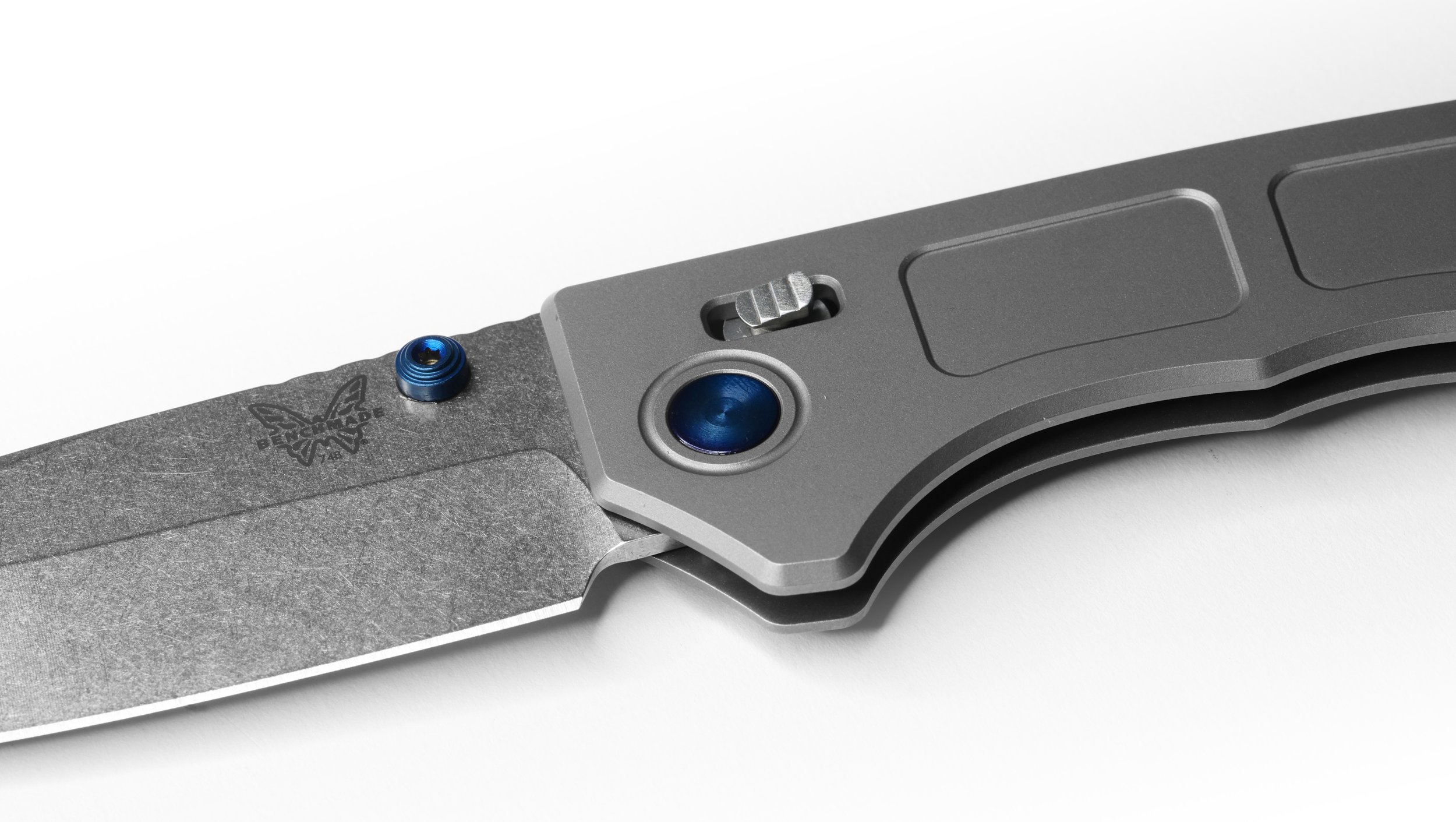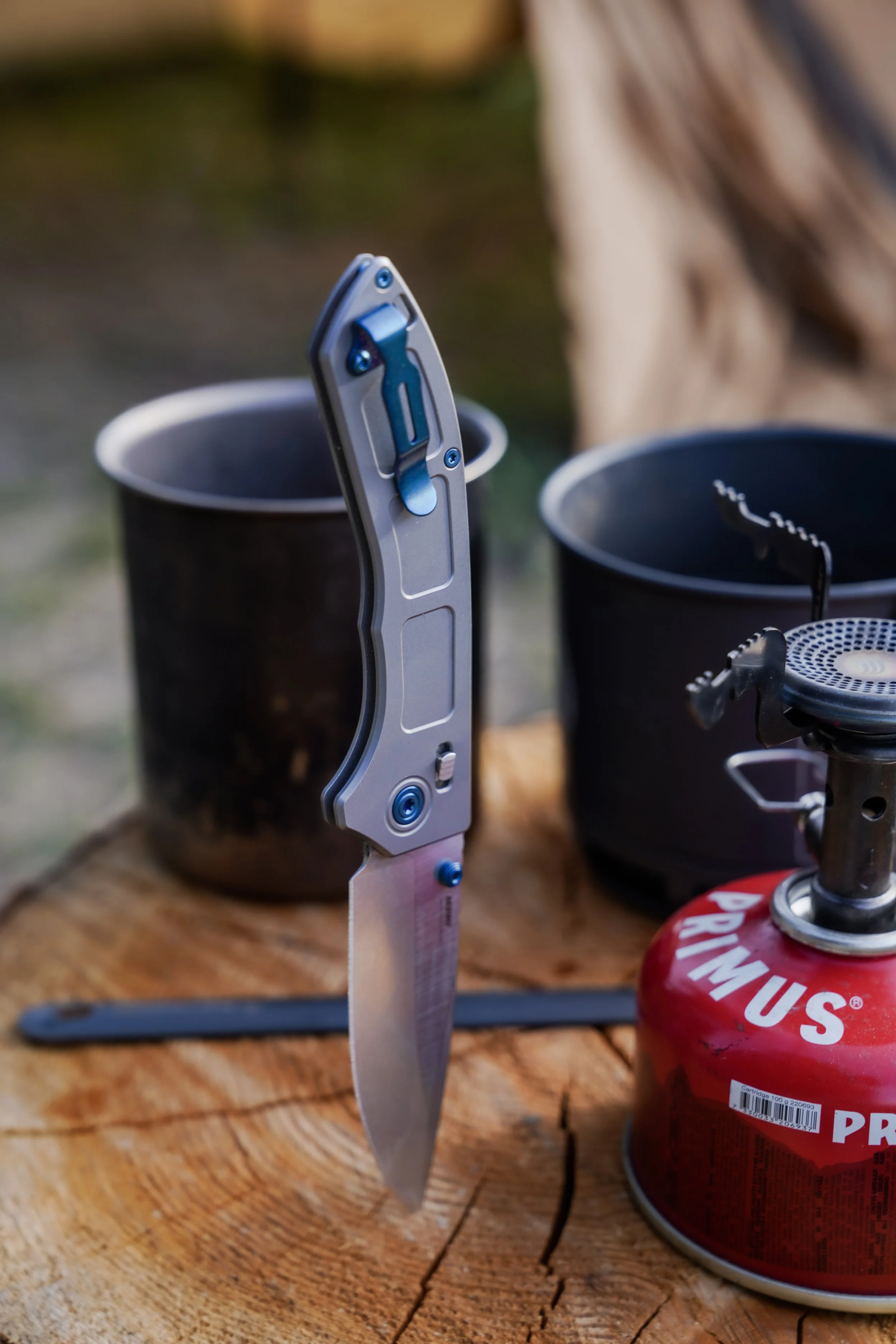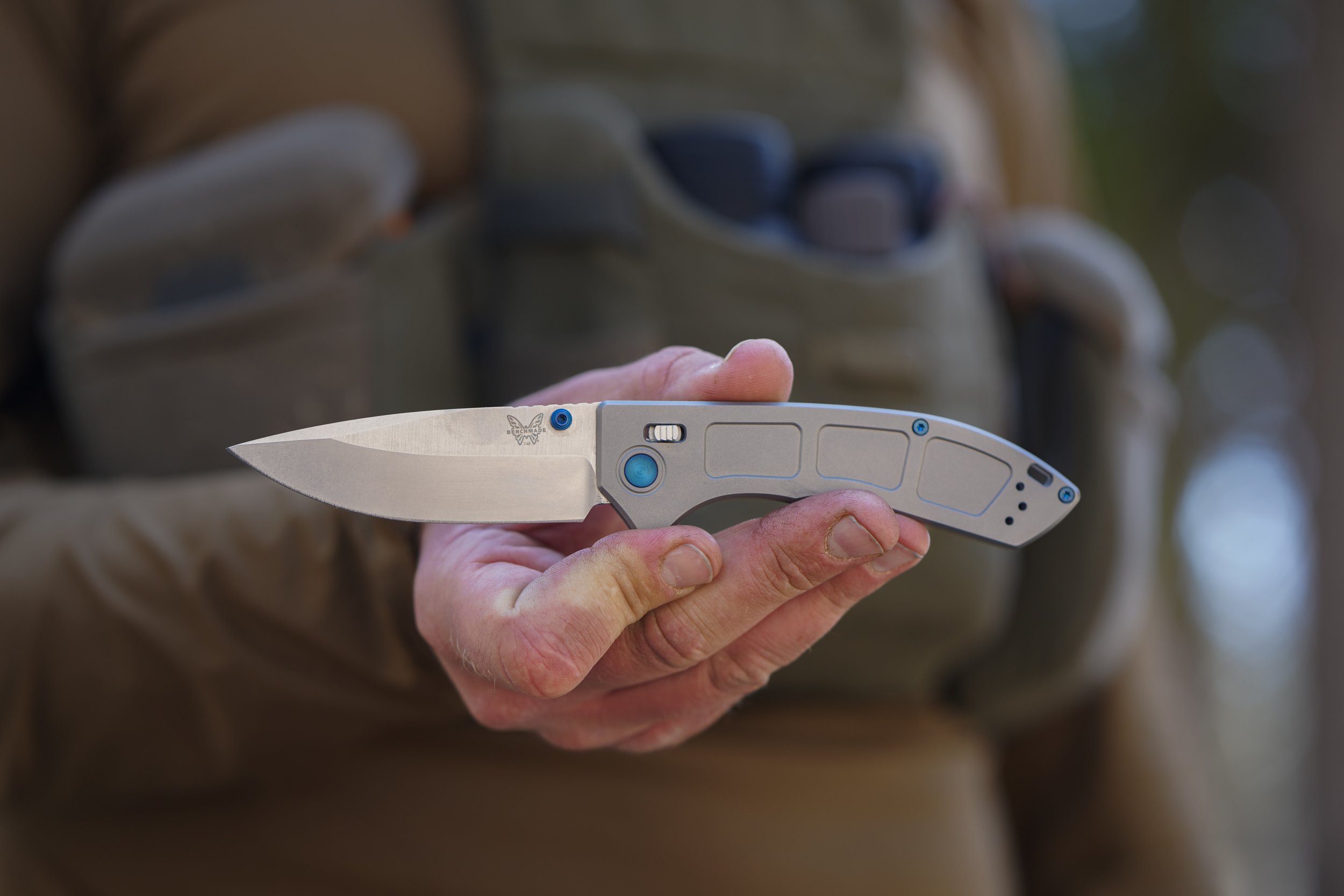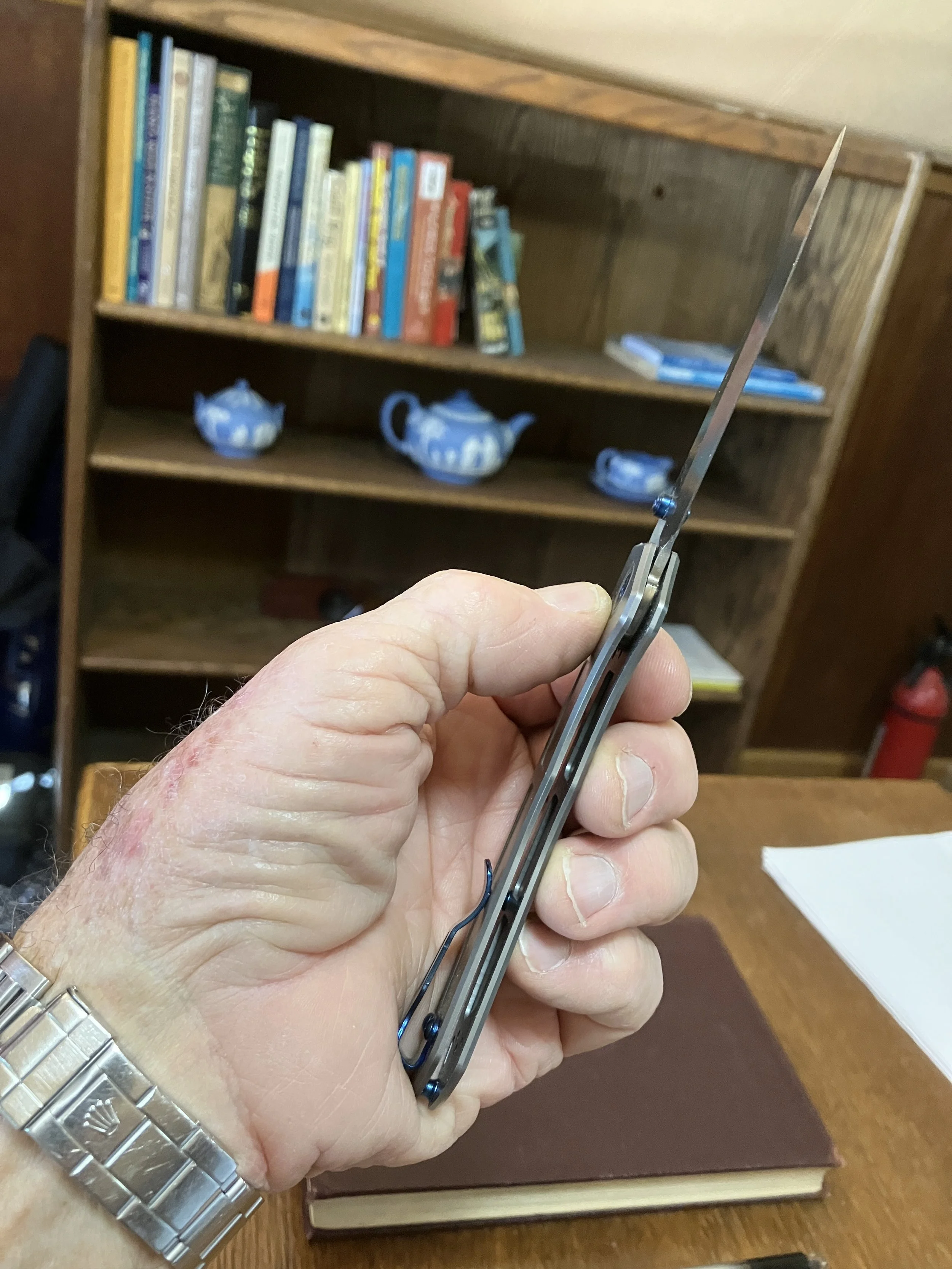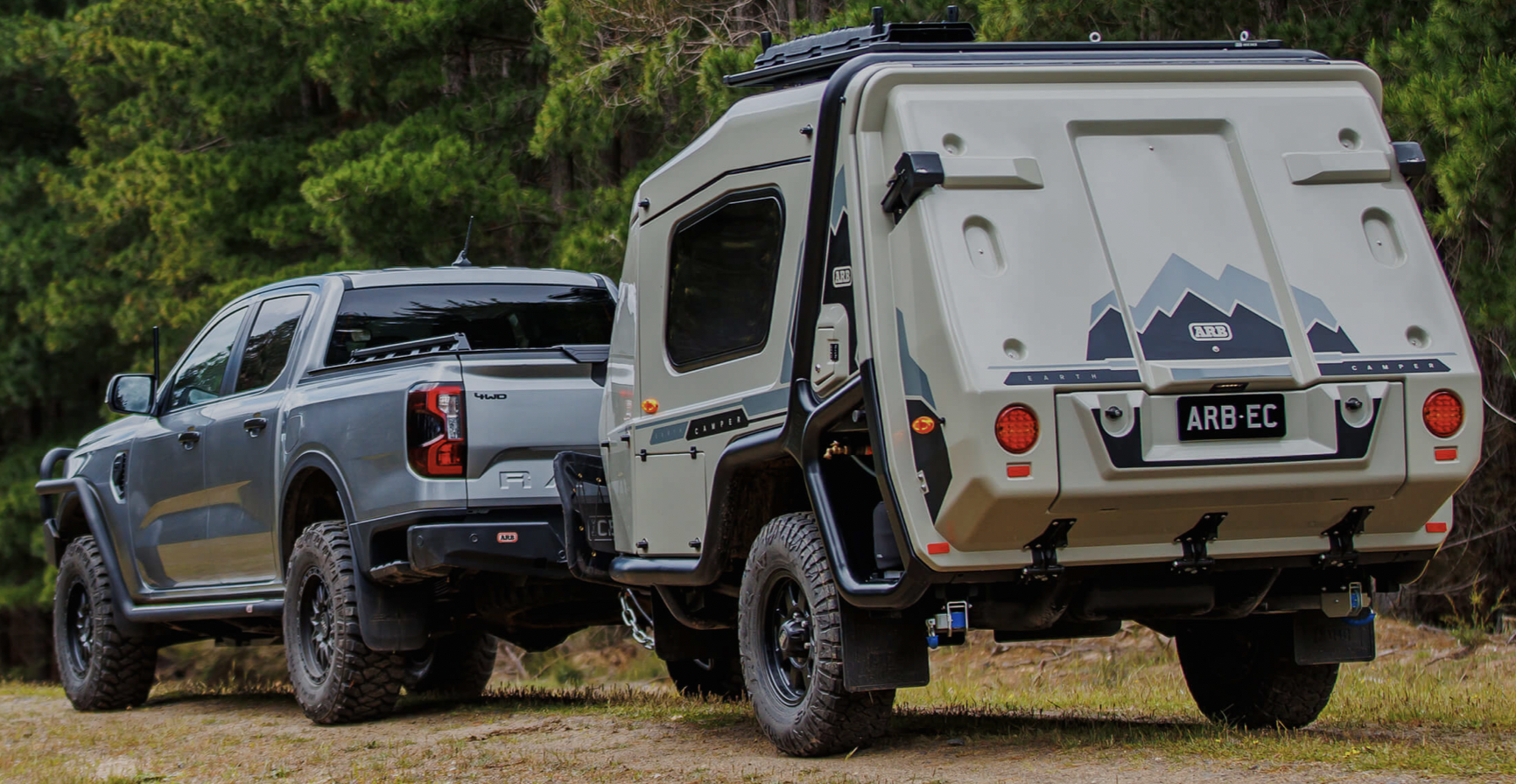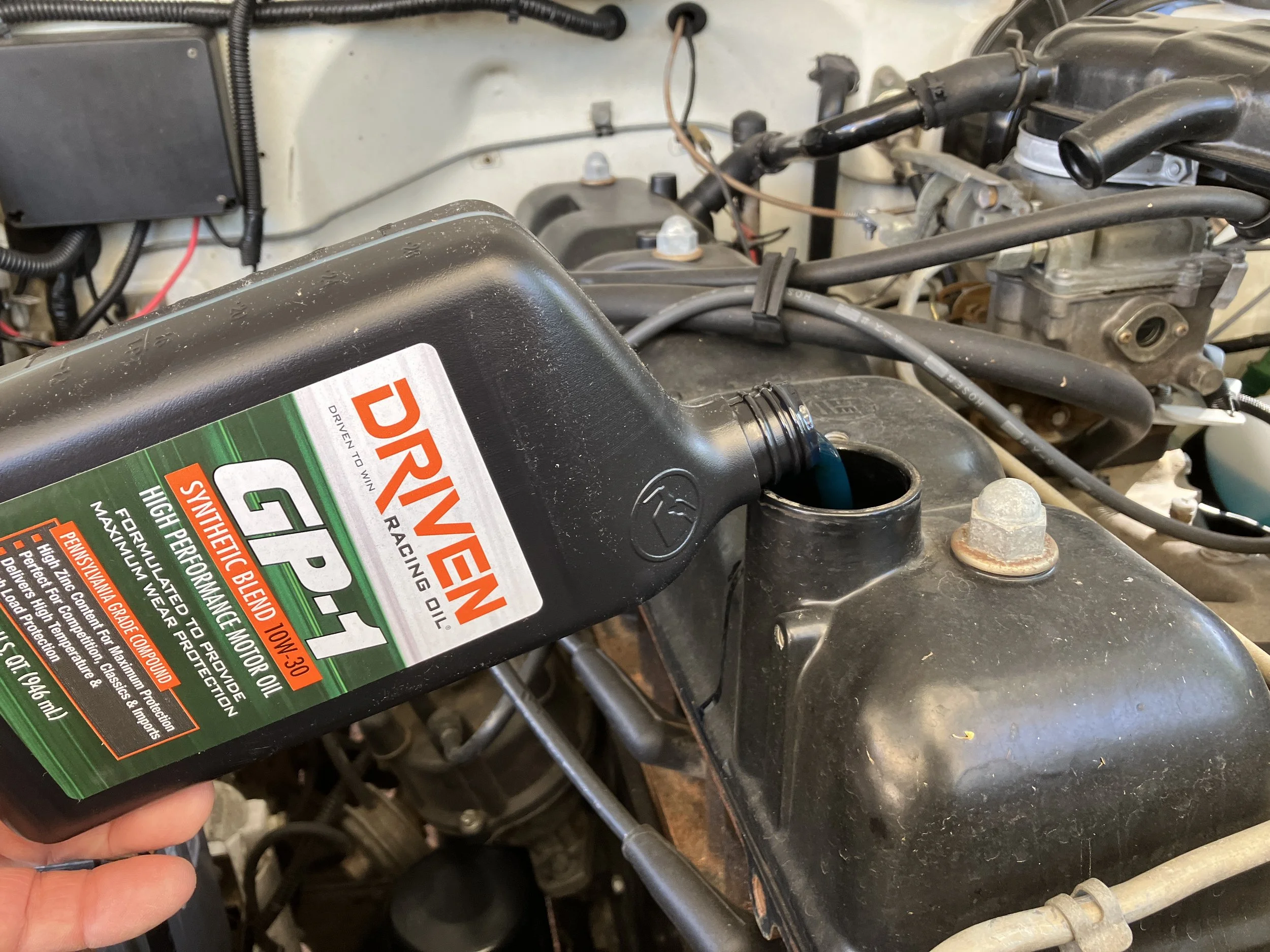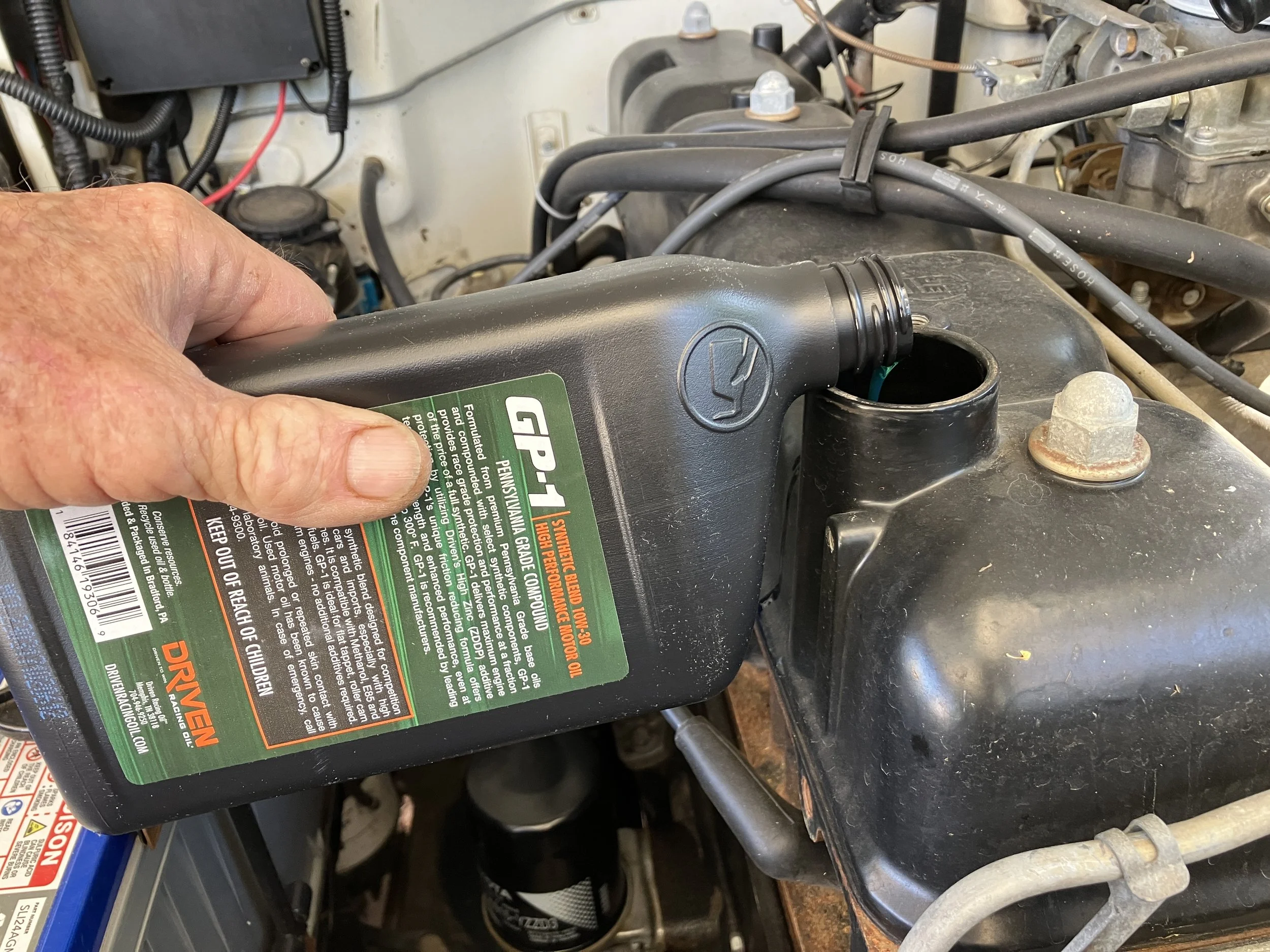
Overland Tech and Travel
Advice from the world's
most experienced overlanders
tests, reviews, opinion, and more
Redarc's new Alpha150 lithium battery—potent and pricey.
So, you’ve become used to the concept of a $1,000 battery. How about a $2,300 battery?
It makes perfect sense that Redarc, the premier Australian maker of battery-management systems, would produce their own lithium battery. It also makes sense that it would debut at the very top of the heap in both performance and price.
In addition to its impressive 150Ah storage capacity, the Alpha150 boasts a continuous discharge capability of 200 amps, allowing it to power a 2,000-watt inverter. Even more impressive is its massive 135-amp charge rate, which allows a full recharge (if your system has that much input capability) in 1.1 hours.
The Alpha150 incorporates a cell heater, which helps expand its operating range to between -4ºF and 140ºF (-20ºC to 60ºC) for discharging, and between -22ºF to 113ºF (-30ºC to 45ºC) for charging. Note, however, that last figure, which still precludes placement in an engine compartment.
Redarc claims a cycle life of 5,000 discharges at 100 percent DoD, which is by some distance the highest cycle life of which I’m aware in a Lithium battery, and should go a long way toward amortizing that painful initial outlay.
Despite that capacity (and keep in mind the much higher energy density of lithium cells compared to AGM batteries) the Alpha150 weighs just 34.2 pounds (15.5 kg).
Note, however, that the warranty on the Alpha150 is just five years. By comparison, for example, an X2Power Group 31M 100Ah AGM battery from Batteries Plus, with a list price of $550, includes a four-year free replacement warranty. By now we’re all aware of the advantages of lithium technology—even at a theoretical 200Ah, two of those X2Power units wouldn’t match the capacity of a single Alpha150, wouldn’t charge a fifth as quickly, and would weigh a hundred and fifteen pounds more.
Nevertheless, it’s my opinion that if lithium battery manufacturers are going to boast about lifespans ten times longer than AGM batteries, and charge a premium price for it, they need to start offering commensurate warranties. I would not want to spend $2,300 (or $1,000 for that matter) on a deep-cycle battery, have something go wrong six years later, and have the manufacturer shrug and say, “Sorry,” when I complain.
I’m waiting eagerly for the day when the makers of lithium batteries become confident enough in their own products to offer consumers warranty protection as durable as they assure us those products are.
Ineos Grenadier Quartermaster announced for the U.S.
In a not-too-surprising move, Ineos has announced that its dual-cab pickup version of the Grenadier, the Quartermaster, will be imported to the U.S.* I waited a week before writing this, trying to find figures on wheelbase, but I haven’t yet been successful. It appears to have virtually the same wheelbase as the SUV version, but with a significantly longer rear overhang. If true, this will obviously reduce the Quartermaster’s departure angle while not affecting its breakover angle.
Surprisingly, cargo capacity remains virtually identical at a reasonable but not outstanding 1,675 pounds.
Bed dimensions are reportedly designed to fit a standard European pallet, which is meaningless to U.S. overlanders. Dimensionally it’s 61.6 inches long and 63.7 inches wide. Not many of us will be sleeping in the bed with the tailgate up. And there’s the matter of the spare tire, taking up a considerable amount of interior room, as it did in the original Range Rover. Notwithstanding the Quartermaster’s fine stock rear bumper, I’m sure the aftermarket will produce a swing-away carrier soon after the truck is introduced in 2024.
Despite the short bed, with an Alu-Cab-style clamshell camper one could build up a very livable, if compact, interior, or perhaps install a lightweight Four wheel Camper with an interior such as this one on a Jeep Gladiator. Of course you’d be flirting with the GVWR limit quite soon.
More details and thoughts as I learn and come up with them . . .
*The Ineos Grenadier SUV is built in France. Logically the pickup would be too, but if so Ineos would run head-on into the U.S. 25-percent tax on imported pickups, which the Japanese have been avoiding for decades by building their trucks here. Time will tell how the company will handle the issue, although Sir James Ratcliffe has enough cash to do some very heavy lobbying in the U.S. to have that silly bit of legislation—enacted purely for the profit of domestic truck makers—rescinded.
Scepter water can/Fynspray pump—the easy way
The New-Zealand-manufactured Fynspray galley pump is the best way to turn a Scepter water can into a convenient and fast dispensing system. The normal procedure, shown on several sites, involves cutting off the base of the larger of the two small sub-caps on the main Scepter screw-on lid, then drilling a one and one-half-inch hole around the remnant hole, which is only about three-quarters of an inch in diameter. You can do this on the lid that came with the can, or on a spare, which is what I did.
If you have a drill press and can secure the cap, this is an easy task. However, if you try to do it with a hand drill and a one and one-half inch hole saw, you won’t have any guide for the hole saw and can wind up really buggering the job. I found an easy work-around.
Instead of cutting off the screw base for the small cap, I left it in place, including its cap. I then used a cheap hole saw with a protruding guide bit, and drilled straight down through the top of the cap. The hole saw is slightly smaller in diameter than the cap, so it will shave off the circumference as you go. However, it will perfectly center the drill bit. If your hole saw is deep enough you can go all the way through. Mine wasn’t quite deep enough, but it scored the cap deeply enough that, by unscrewing and discarding the small cap, it cut the rest of the way through with zero walking. Cut off the unneeded securing ring, and . . . done.
The Fynspray pump works on both the up and down stroke, so it’s very fast. And you can leave the can upright, even secured in a holder if desired. The smaller cap on the lid serves as a vent for full flow.
The Fynspray mod is infinitely better than the insultingly ineffective Scepter hose and nozzle, which requires you to lay the can on its side, and has no provision for venting, so you must constantly tip the can up to relieve the resulting vacuum. Tip: If you’ve already bought the Scepter nozzle, you can repurpose its hose to make the extension for the Fynspray pump.
Fynspray pumps are available at Fawcett Boat Supply, among other places.
More on the 2024 Tacoma
With very, very few exceptions, the more I learn about the 2024 Tacoma, the more impressed I am by what Toyota has done to transform their number-one-selling mid-size pickup. Here are some updates to my previous post.
The Trailhunter model is by design set to be the go-to model for overland travelers, with good reason. It has a class-leading 1,700-pound cargo capacity—for comparison, that’s almost 150 pounds more than the current RAM 2500 Power Wagon. Like all the new Tacomas, the Trailhunter’s TNGA-F chassis is not only fully boxed, but reinforced at stress points with laser-welded gussets. All-coil suspension and OME shocks (not, however, as has been rumored, BP51s) should maintain excellent ride and handling when loaded. The tires are 33 inches in diameter, and the hybrid powertrain option, with its stupendous 465 lb.ft. of torque at 1,700 rpm, boasts a rear differential with a 9.5-inch ring gear, equivalent to that in the Land Cruiser. That is one beefy third member.
Add up the other features, whether standard or optional: steel ARB rear bumper with rated recovery points, available built-in air compressor, Rigid Industries auxiliary lighting, disconnectible front anti-roll bar, a locking rear diff, raised air intake, a 2,400-watt AC inverter on the hybrid i-Force MAX, and you’ve got the Tacoma we’ve been dreaming of.
Disappointments? One major one: There is no Access Cab available, only a crew cab with either a five or six-foot bed. But if you choose the six-foot bed you’ll be buying a “mid-size” truck with a wheelbase of 144 inches. That’s one inch less than the Tundra. Given the company’s obvious research into the overland market, I’m surprised at the lack of an Access Cab model with a six-foot-plus bed, for the many travelers who sleep back there.
Okay, two major disappointments: The hood scoop is still fake. Sigh . . .
As I mentioned, these hardly detract from the giant leap for mankind represented by the new Tacoma. There’s always the possibility that the company will add back the Access Cab option, although I’d bet it was solid data from sales numbers that made them decide to delete it in the first place. How many third-generation Access Cab Tacomas do you see driving around, compared to crew cabs? Not many.
The elegant (and impossibly light) Benchmade Narrows
As a longtime knife user/aficionado/connoisseur/nut, I’ve owned, reviewed, and just fondl . . . er, handled a lot of knives, ranging in price from a few bucks for a Mora bushcrafter to over a thousand for an exquisite Ichiro Hattori field knife with a pattern-welded blade cored with Cowrie-X steel at HRc 65.
Yet only once have I spontaneously exclaimed out loud when handed a knife. And as beautiful as it is, it wasn’t the Hattori.
I was in the Benchmade booth at the Overland Expo. One of the company reps, London Krapf, had got in touch with me via email and set up an appointment to take a look at their latest offerings. As a longtime owner of several Benchmade designs I was happy to oblige. When I met London, she showed me, among other new models, a stout-looking kitchen implement called the Station Knife—sort of a cross between a chef’s knife and a cleaver—and another called the Meatcrafter—essentially a fillet knife on steroids suitable for deboning anything from a bass to a bison. The latter looked like a versatile design for hunting and fishing, and I immediately tagged it for an article I was to write for Wheels Afield on the best new products at the show.
Then she walked me over to another display and said, “Here’s an interesting one we’re just introducing, called the Narrows.” She plucked a knife off the pegs that looked from the side very similar in size and shape to my Chris Reeve Sebenza, one of the best folding knives on the market.
She handed me the knife, and . . . I blurted.
Honestly I don’t remember exactly what I blurted, but I’m afraid it might have been something along the lines of, “Holy shit!”
The knife was light. No, not just light; it was impossibly light, barely-there light, 900-fill goose down light, light in a way that made me wonder if Benchmade had found a source for Mithril.
London was grinning at me. “Pretty cool, huh?”
I looked closer. The knife’s handle was barely more than a quarter inch wide, yet it sat comfortably in my hand. Titanium scales and premium M380 steel drop-point blade, with handsome blue-anodized accents: screws, pivot, pocket clip, and ambidextrous thumb stud. It still incorporated Benchmade’s solid Axis blade lock—albeit without the usual steel liners. I tried the action, which was at least as silky as my Sebenza if not a little more so.
I handed it back reluctantly. After the show London got in touch again to confirm which models I wanted to test. I noted the Meatcrafter for the Wheels Afield review, then, even though I didn’t have a specific assignment for it, gave a professional pitch to get a Narrows as well, a pitch that went something along the lines of pleasepleasepleaseplease? And darned if one didn’t show up.
How light is this knife? My Sebenza, which also incorporates titanium scales, and whose blade is barely 15/100ths of an inch longer than the 3.43 inches of the Narrows, weighs 133 grams. The Narrows tickles the scales at 68 grams—almost exactly half. If you removed one side of the ambidextrous thumb stud it would probably knock off another gram or two. (The Narrows is user-serviceable with a T6 and T10 Torx bit.)
Now, let’s be fair. The Sebenza is rightly known as the strongest folding knife on the market. Chris Reeve’s Frame Lock is legendarily rock solid. Yet the Axis Lock of the Narrows—even without steel liners—feels reassuringly tight as well. There is absolutely no play in the open blade. Squeezing the titanium scales with all my thumb strength barely results in any flex.
Even so, I certainly don’t plan to use the Narrows to baton kindling in camp. The blade is .08 inches thick, compared to .12 for the Sebenza. But the Narrows adds a new dimension to the term EDC—as a knife for every day carry, this thing isn’t even there in a pocket. And as a conversation starter it hasn’t failed yet to elicit the same kind of outburst London got from me.
Benchmade is here. The Narrows is made in the U.S., and the company offers free sharpening for life.
The new ARB Earth Camper
In what is surely a natural progression, ARB has just announced its very own “adventure” trailer, which they’ve named the Earth Camper. At first glance, it seems to live up to the ARB reputation in terms of build quality and innovation.
It’s built around a massive, mandrel-bent and welded tubular chassis, which should provide absolutely flex-free support to the composite body panels. The trailer is supported by long-travel independent suspension employing, of course, Old Man Emu shocks. Electric brakes, alloy wheels (with Toyota lug spacing), and Maxxis all-terrain tires with spare are standard.
The salient feature of the trailer is the enormous clamshell back, which folds down at the push of a button to provide a raised, hard floor. A door then provides access to a queen-size bed. For quick overnight stays you can be tucked away inside a couple minutes. For a full camp, a tent erects around the floor to provide a completely sheltered dressing, sitting, and eating space. A dining table unfolds from the base of the bed area.
On the left side of the trailer is a full-pull-out kitchen, including a 96-liter dual-zone fridge freezer, a three-burner stove, and sink. There’s plenty of storage above and to the side. Internal tanks provide a full 140 liters (36 gallons) of water, and an additional storage nook holds a 20-liter jerry can. That’s more water than most full-size trailers and campers provide. Well done ARB.
Electrical power is provided by a 120-watt solar panel and a 100-amp-hour lithium battery—that’s right: standard LiFePO4 power. Again, well done—and there is room in the battery compartment for a second 100AH battery. You can also easily plug in portable solar panels for extra input. Charge control is via a high-quality Redarc system.
On the opposite side of the camper is an optional en-suite toilet and shower enclosure of luxurious proportions, and a Hot Tap water heater and shower system.
There are numerous other features, and optional awnings and side curtains that will transform the Earth Camper into the full epic Aussie quarter-acre encampment. The versatility—from two-minute crash pad to let’s-stay-a-month homestead—will be one of the trailer’s most attractive features.
I have no word yet on price or weight, but I suspect ARB will sell every one of these they can produce. find out more here.
Vintage Dodge Power Wagon camper
Full disclosure: I lifted this maddeningly fractional story off the Maple Leaf Up site, a forum for fans of Canadian military history and equipment. I was looking for ads for or images of early Power Wagons, as part of a review I’m writing for Wheels Afield on a new RAM Power Wagon.
On a page of various PW images I found this. Just the one page of an obviously longer piece, describing in part a fabulous camper built by S. Robert Russell and “his wife,” on a used Power Wagon they bought from a Miami car lot. Look at the features and you’ll see it would stand side by side with the most full-featured of its kind today. The article identifies the truck as “front-wheel drive,” which is clearly a mistake by the writer.
I Googled S. Robert Russell, and “S. Robert Russell Power Wagon,” but found nothing. If anyone else tries and finds the bottom of the rabbit hole, let me know!
Pouring oil the correct way
Wait. Does anyone need instruction in how to pour oil into a crankcase?
Apparently I do, because it was only last year that I noticed a little icon near the top of a bottle of oil I was pouring into the Land Cruiser.
I had always poured it this way:
But the little icon told me to pour it this way:
And, well, to use the colloquialism . . . Duh. Poured this way the oil dispenses with zero gurgling, since air immediately enters the top of the bottle.
If I’m the only numpty on the planet, oh well. But if you read this and thought, “Ah ha!” Then you’re welcome.
Hint: When using “Search,” if nothing comes up, reload the page, this usually works. Also, our “Comment” button is on strike thanks to Squarespace, which is proving to be difficult to use! Please email me with comments!
Overland Tech & Travel brings you in-depth overland equipment tests, reviews, news, travel tips, & stories from the best overlanding experts on the planet. Follow or subscribe (below) to keep up to date.
Have a question for Jonathan? Send him an email [click here].
SUBSCRIBE
CLICK HERE to subscribe to Jonathan’s email list; we send once or twice a month, usually Sunday morning for your weekend reading pleasure.
Overland Tech and Travel is curated by Jonathan Hanson, co-founder and former co-owner of the Overland Expo. Jonathan segued from a misspent youth almost directly into a misspent adulthood, cleverly sidestepping any chance of a normal career track or a secure retirement by becoming a freelance writer, working for Outside, National Geographic Adventure, and nearly two dozen other publications. He co-founded Overland Journal in 2007 and was its executive editor until 2011, when he left and sold his shares in the company. His travels encompass explorations on land and sea on six continents, by foot, bicycle, sea kayak, motorcycle, and four-wheel-drive vehicle. He has published a dozen books, several with his wife, Roseann Hanson, gaining several obscure non-cash awards along the way, and is the co-author of the fourth edition of Tom Sheppard's overlanding bible, the Vehicle-dependent Expedition Guide.



